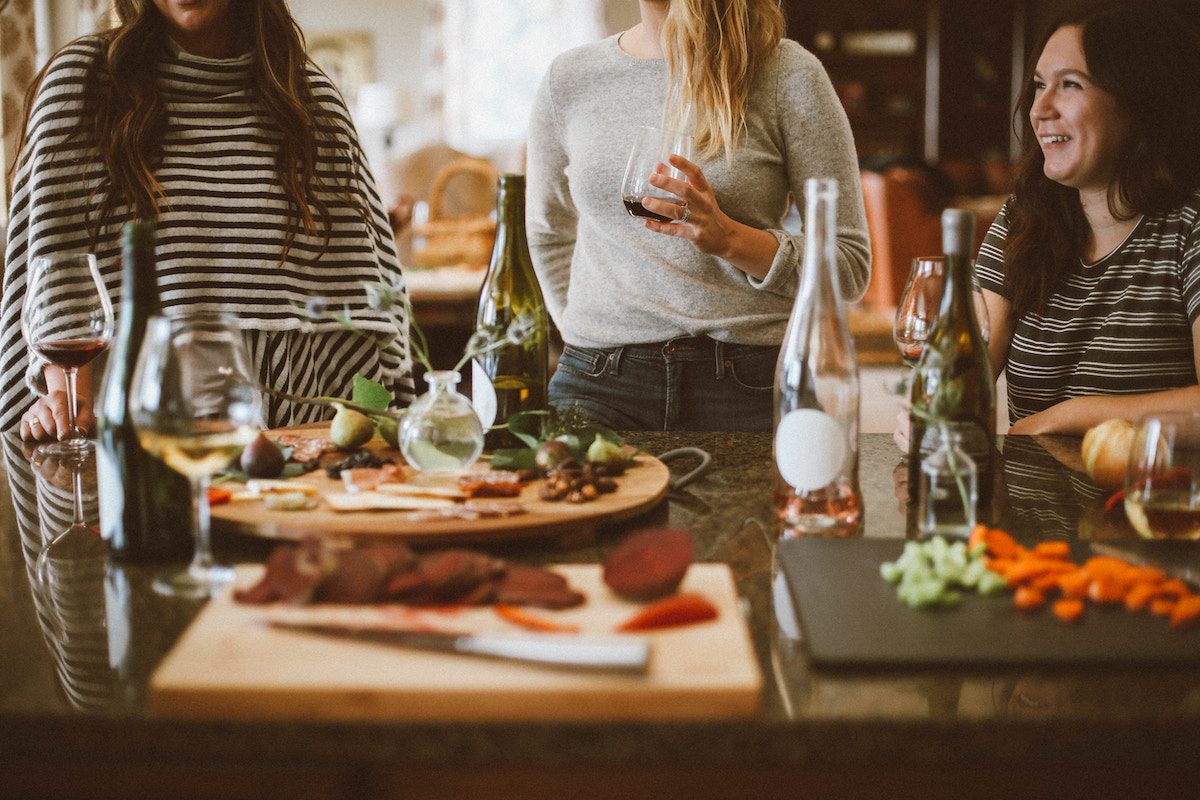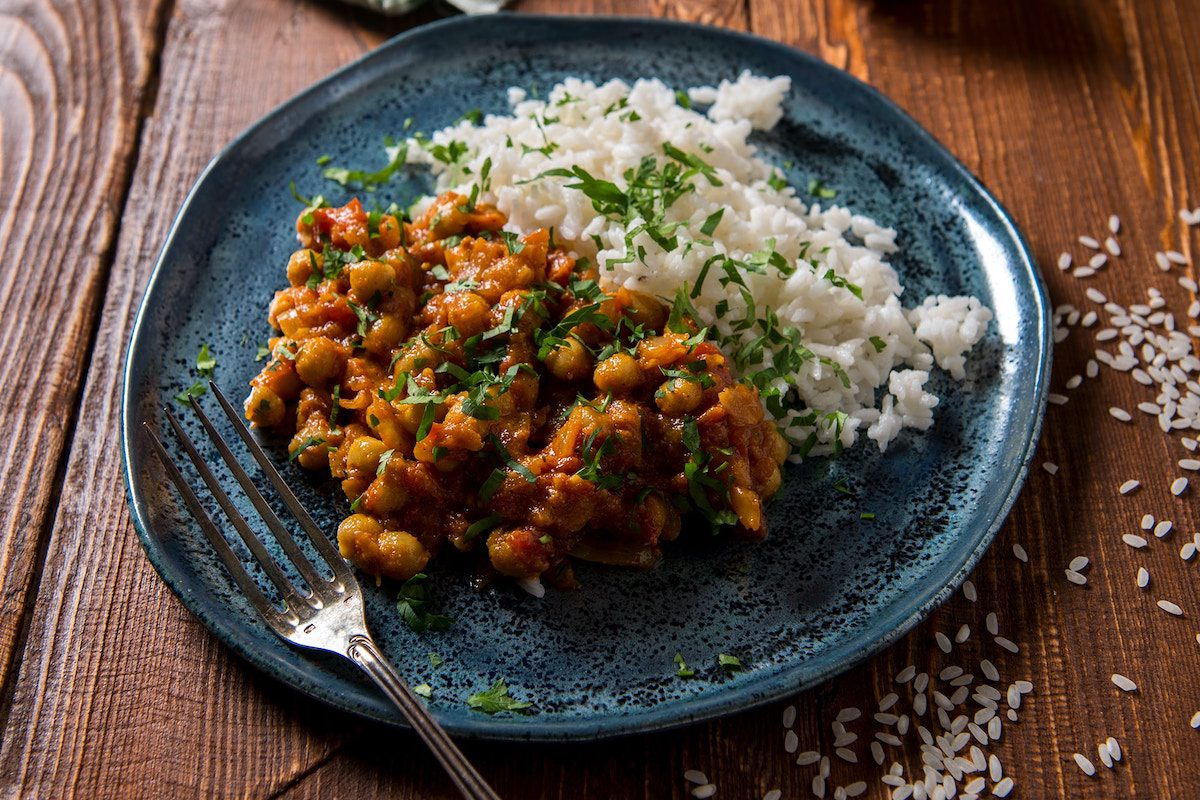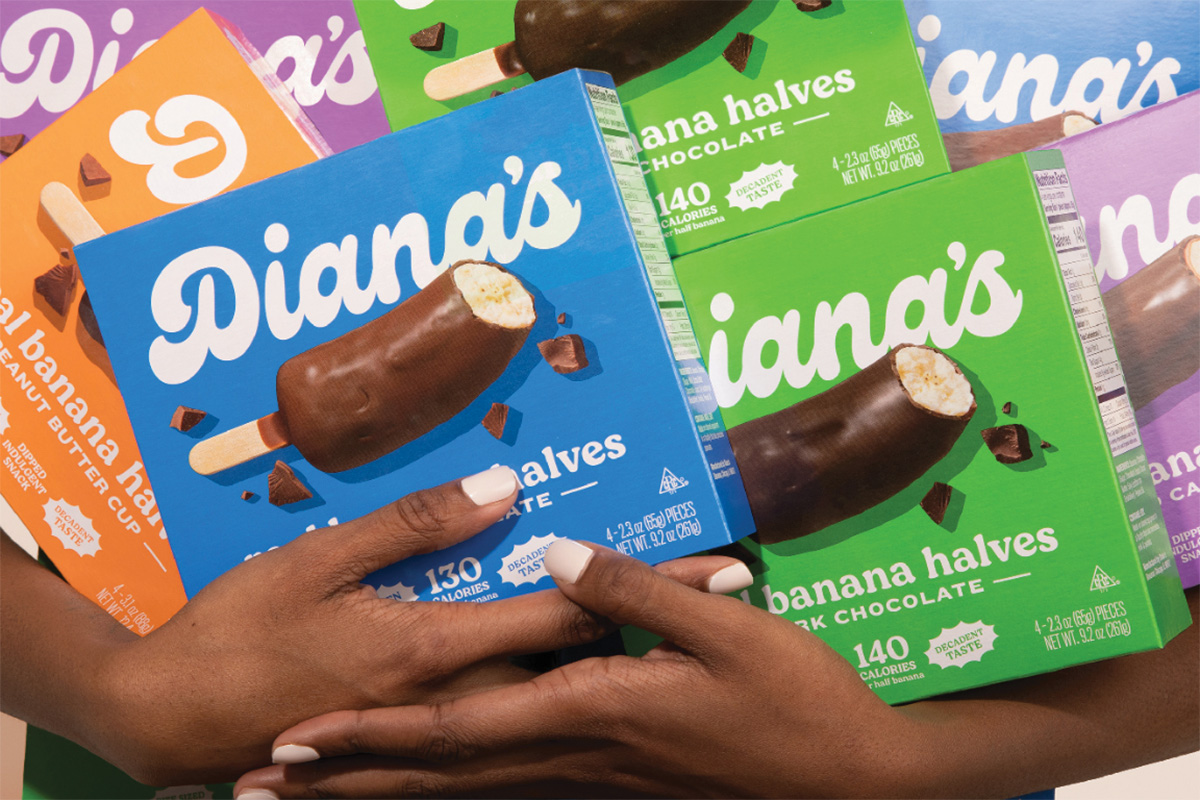10 Ways to Reduce Food Waste
Celebrating Earth Day just got a little more delicious. Did you know that every year in the U.S., we throw away about 35% of our food supply? That’s about 160 billion pounds of food! But there are actually really delicious recipes you can make with all of those food scraps you’ve been throwing away. We consulted the experts to find ways to lessen our food waste footprint this upcoming Earth Day (and beyond).

How to reduce food waste
1. Pulp crackers
Anna Vocino, bestselling cookbook author and founder of Eat Happy Kitchen, a natural food company, says one of her favorite ways to reuse waste in the kitchen is by saving the pulp that comes out of her juicer. “You can flatten out the pulp and turn [it] into crackers by baking them in the oven,” she says. Check out this recipe from Misfits Market.
2. Resuscitate stale bread
New York Times bestselling author Carleigh Bodrug shares on her Instagram the perfect way to salvage a loaf of bread that’s past its prime. Simply running the loaf under running water and baking it in the oven at 400 degrees for 10-30 minutes (depending on how stale your loaf is) will bring your baguette back to life. If you want to go the easier route, pulverize and make breadcrumbs to store in a baggie in the freezer.
3. Carrot or beet top pesto
Instead of throwing the tops of your veggies in the trash, try making a carrot or beet top pesto. It’s as easy as throwing the greens in a food processor, adding some nuts, cheese, and garlic, and tossing with your favorite pasta. Check out this recipe from Little Sunny Kitchen.
4. Basic bone broth
As a private chef in NYC, Kayla Simone Fowler’s biggest tip: bone broth and soups. “I always keep at least one gallon-size Ziploc in my freezer that I can fill over time with bones and food scraps,” she says. “When it’s nice and full, I make a giant pot of bone broth by simmering everything together for several hours to a full day. It’s a great relaxing weekend activity.” Fowler says anything and everything can go in the bag from papery garlic skins to tomato tops to the ends of carrots.
5. Pickled Veggies
Chef Jared Kent says he loves to take veggies that are on their way out and pickle them. “You can take those soft radishes from lasting two more days to six more months,” he says. Check out this recipe for quick pickled radishes from Love & Lemons.
6. Onion peel powder
Bodrug shares on her Instagram’s “Scrappy Cooking” series a genius way to use onion peels while claiming all the awesome benefits of the peel itself: pulverizing the peels into a powder and storing in a shaker jar. She does the same with lemon peels and tomato skins too.
7. Potato peel chips
“On my first day in culinary school, the chef told us to save all the potato peels,” Kent says. “Then he tossed them in the fryer and sprinkled them with some salt. When he was running a restaurant, he would serve these peels as complimentary salty bar snacks and watch with glee as thirsty customers drank more beer.”
8. Freezer herbs
Fowler’s tip for keeping herbs fresh is to snip about an inch off their stems, then place them in a glass of water. She says this also works if you want to revive herbs that have wilted a bit in the fridge. Vocino goes a different route and likes to chop her fresh herbs and put them into ice cube trays, then freeze them for the next time she needs them. Kent says he likes to store fresh herbs in an airtight container with a damp paper towel or upright in a jar with water. “[This] can more than triple their lifespan,” he says. “And when it comes to parsley and cilantro, use those stems!”
9. Hidden veggie meatballs
Fowler says making meatloaf and meatballs is also a great way to “hide” vegetables and use up ingredients that might not be as attractive as they once were. “Onion, garlic, carrot, celery, mushrooms, bell peppers, and fresh herbs become invisible when finely minced or pulsed in a food processor, then sauteed and added to a meatball or meatloaf mixture,” she says.
10. Banana peel pulled pork
Chef Regina Boykin, in a genius move, uses leftover banana peels that are cooked down, seasoned, and shredded to make vegan “pulled pork” on her TikTok page.
Other ways to save the planet in the kitchen
Kent is all about reducing food waste in the kitchen of the plant-based restaurant Good Roots, in Akron, Ohio, where he’s the sous chef. He offers up the following tips for home cooks:
Label your food
Kent says it may be obvious but labeling and dating your food can be a game changer. “A roll of painter’s tape and a Sharpie saves me so much waste,” he says. “By labeling and dating all the containers in your fridge, you’re more likely to use older foods first. Plus, you won’t throw anything away because you can’t remember when it’s from.”
Shop with intention
When you grocery shop, think about what you’re cooking and for how many people. Sometimes buying in bulk isn’t the best idea, Kent says. “Don’t buy groceries on impulse so much, but instead plan menus, shop accordingly, and buy what you need,” he suggests.
Compost
Kent says in a blog post on his website, Table Matters, that 90% of food scraps end up in landfills and this can be problematic since food “doesn’t have the exposure to oxygen and to microorganisms that it needs to decay quickly.” He says one head of lettuce can take up to 25 years to decompose in a landfill versus a couple of months in a home compost heap. Check out countertop compost bins or inquire about services that will pick up in your city (a quick Google search with “composting + your city” will help you find a place).
Volunteer
Volunteering your time, money, and even food can help the planet as well. Advocating for change as climate change threatens the world’s food supply can help bring more awareness to the issue. Check out this comprehensive list to find an organization near you to get involved.












